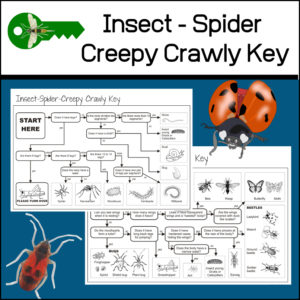Showing 341–360 of 682 resultsSorted by latest
-
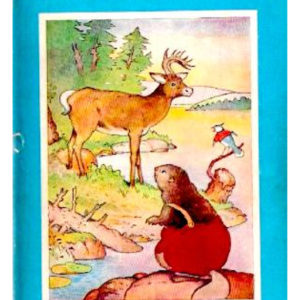 FREEBuy Now
FREEBuy NowThis is a free downloadable book.
“Men are strange creatures! I think I’ll hunt one some day just to teach him a lesson,” says Lightfoot the Deer to his new friend, Peter Rabbit. Lightfoot is glad of all the animal friends he meets in the Green Forest — especially Paddy the Beaver, who saves him from harm. But what about these men? There’s that strange one — the farmer. Should Lightfoot trust this man — when a second one is stalking him with a terrible gun?
-
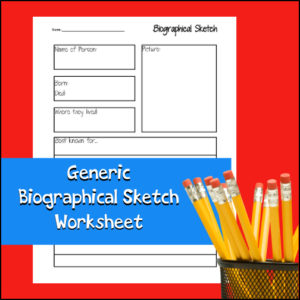 $1.50Buy Now
$1.50Buy NowStudents can use this worksheet again and again to record short biographies on any person for any subject. This worksheet can be used alone or as part of a larger report or notebooking project. Students can report on inventors, scientists, explorers, mathematicians, musicians, famous Americans, etc!
-
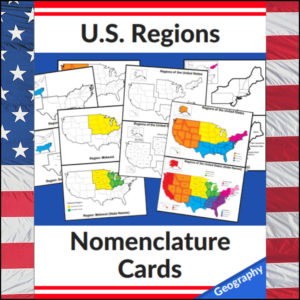 $4.50Buy Now
$4.50Buy NowThis set of U.S. Regions – Geography – Nomenclature cards consists of 20 cards. Use in any study of Geography of the United States, individual state studies, in centers, as handouts, on displays, etc! This set has the U.S. divided into *4 regions as defined by the U.S. Census Bureau
Cards in this set:- Regions of the United States in color with coded key (4 regions*)
- Regions of the United States in color with coded key with state names
- Regions of the United States in b/w and separated
- Regions of the United States in b/w and separated with state names
- Northeast Region (in color displayed on b/w full U.S. map)
- Northeast Region with state names (in color displayed on b/w full U.S. map)
- Northeast Region b/w standing alone (with small insert of region in color displayed on b/w full U.S. map)
- Northeast Region b/w standing alone with state names (in color displayed on b/w full U.S. map)
- Midwest Region (in color displayed on b/w full U.S. map)
- Midwest Region with state names (in color displayed on b/w full U.S. map)
- Midwest Region b/w standing alone (with small insert of region in color displayed on b/w full U.S. map)
- Midwest Region b/w standing alone with state names (in color displayed on b/w full U.S. map)
- South Region (in color displayed on b/w full U.S. map)
- South Region with state names (in color displayed on b/w full U.S. map)
- South Region b/w standing alone (with small insert of region in color displayed on b/w full U.S. map)
- South Region b/w standing alone with state names (in color displayed on b/w full U.S. map)
- West Region (in color displayed on b/w full U.S. map)
- West Region with state names (in color displayed on b/w full U.S. map)
- West Region b/w standing alone (with small insert of region in color displayed on b/w full U.S. map)
- West Region b/w standing alone with state names (in color displayed on b/w full U.S. map)
⭐ This product is included in a $$$ SAVING BUNDLE: Regions of the U.S.A. | Geography Bundle
-
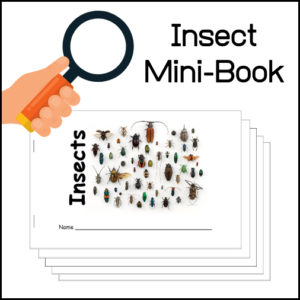 $2.00Buy Now
$2.00Buy NowHelp your students learn about insects with their very own 12 page mini-book! This is a perfect tool to use as a study aid as it includes important facts about insects such as…the four things all insects must have: 3 body parts, 2 antennae, 6 jointed legs and an exoskeleton. This little book will also give examples of creepy crawlies that are not insects, how some insects have 1 or 2 pair of wings, how some are helpful and some are harmful. At the very end of the book, students are asked to draw their favorite insect.
-
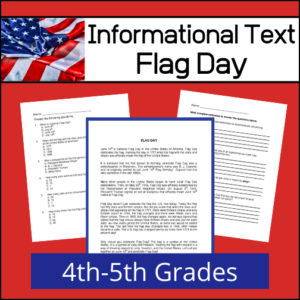 $1.50Buy Now
$1.50Buy NowIn the United States, National Flag Day is celebrated on June 14. It commemorates the adoption of the flag of the United States on June 14, 1777 by resolution of the Second Continental Congress. This informational text article will help 4th-5th grade students learn about this day set aside to recognize national flag, how it came about and facts about the U.S. flag. To assess reading comprehension and understanding, there are two worksheets for students to complete after reading the text (multiple choice and short answer). Answer keys provided.
Flesch-Kincaid Grade Level: 5
Grade level: Fifth Grade
Automated Readability Index: 4.3
Grade level: 8-9 yrs. old (Fourth and Fifth graders) -
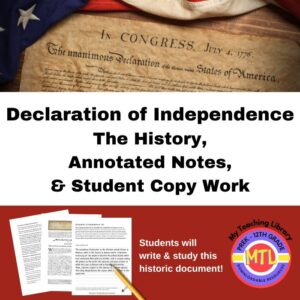 $6.00Buy Now
$6.00Buy NowThis product includes the history of the Declaration of Independence, important annotated notes (to help students understand it) and a student copy work section where they are asked to write this historic document. The copy work section is broken into 17 sections. In each, students will copy the text and then be asked to write any unfamiliar words and ideas. Then, they are asked to look up the definition of those words and research the ideas.
-
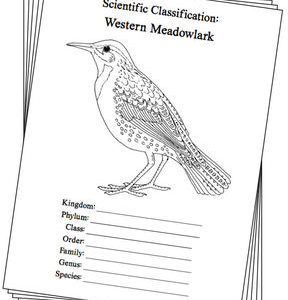 $3.00Buy Now
$3.00Buy NowStudying the state of Nebraska? Perhaps doing a unit on Ornithology? Check out this Notebooking set designed around the Nebraska State Bird!
What type of pages are contained in this set:
– A map page (for the state)
– Scientific classification page
– A page for students to give details about the bird’s physical description, habitat, diet, life span and reproduction
– A page where students will do additional map work to show where in the U.S. the bird lives in addition to migration information
– Coloring page
– Several pages on which students can use for expository and/or creative writing as well as sections in which students may draw.14 pages in all and is designed for different levels / abilities.
-
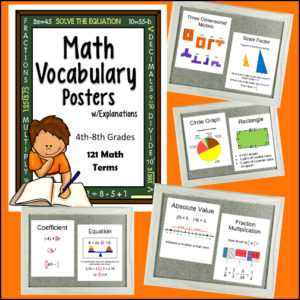 $7.50Buy Now
$7.50Buy Now121 Math Posters – Each displaying a math term and explanation!
Designed for 4th – 12th Grades
-
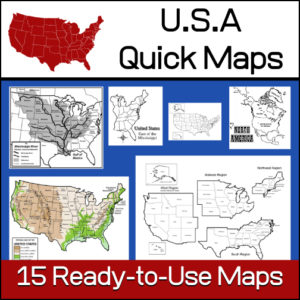 $2.50Buy Now
$2.50Buy Now15 ready-to-use maps of the United States. Use for class projects, to create lessons or presentations.
Non-commercial use only.Includes:
– 2 maps showing the US within North America
– US maps (with states names and unnamed)
– US regional maps (with states names and unnamed)
– US east of the Mississippi (with states names and unnamed)
– US west of the Mississippi (with states names and unnamed)
– Physical Maps of the US (color and b/w)
– The Mississippi River with tributaries (states named) -
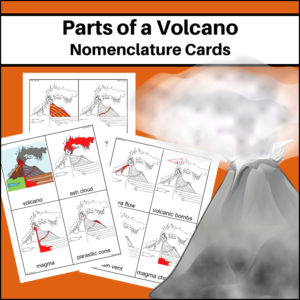 $2.00Buy Now
$2.00Buy NowParts of a Volcano – Nomenclature Cards – This resource will help students learn and study the various parts of a volcano: ash cloud, magma, parasitic cone, lava & ash layers, side vent, crater, pyroclastic flow, lava flow, volcanic bombs, main vent, and magma chamber.
-
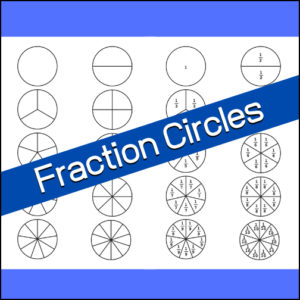 $1.25Buy Now
$1.25Buy NowHere is a 2 page resource for students to use when learning about fractions. Page one shows fraction circles with no labels. Page two has the identical fraction circles only they are labeled. (All B/W)
Fractions: 1 whole, 1/2, 1/3, 1/4, 1/5, 1/6, 1/7, 1/8, 1/9, 1/10
-
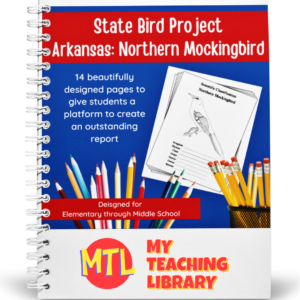 $3.00Buy Now
$3.00Buy NowStudying the state of Arkansas? Perhaps doing a unit on Ornithology? This project based unit is designed to help students study and record information about Arkansas’s state bird – the Northern Mockingbird!
To learn more, see details below or you can preview a similar product here.
-
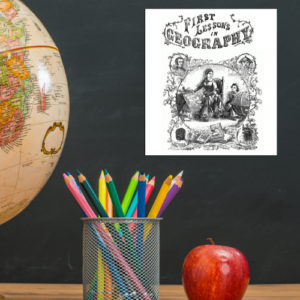 $1.50Buy Now
$1.50Buy NowThis is a downloadable copy of the book. (74 pages)
About the book: This book was written in 1856 is written in a question – answer format:
Q. What is Geography?
A. A description of the Earth’s surfact
Q. What is the Earth
A. The planet or body on which we live.
Q. What is a Continent?
A. The largest division of land.Because it was written in the mid 19th century, all of the maps are outdated…However, this can lend itself to great teaching lessons! Compare and contrast the old with the new. Research what events in history led up to the changes from then to now, etc.!
-
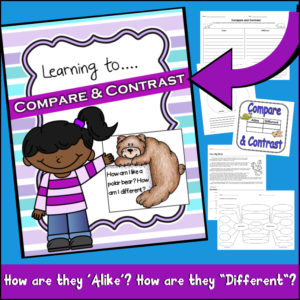 $3.50Buy Now
$3.50Buy NowThe skill of being able to compare and contrast effectively is extremely important throughout subjects: Literature, Science and Social Studies. Comparing and contrasting is necessary for interaction with the environment. Finding differences and/or similarities helps students organize both new and known information. Students need to be able to note differences and similarities between or among objects, ideas, entities, concepts, events, etc..
This resource includes: 2 posters, an introduction to a Venn diagram and 25 student activity pages. Once you use this resource with your students, they will have mastered the ability to compare and contrast!
-
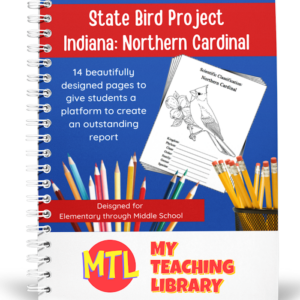 $3.00Buy Now
$3.00Buy NowStudying the state of Indiana? Perhaps doing a unit on Ornithology? This project-based unit is designed to help students study and record information about Indiana’s state bird – the Northern Cardinal! To learn more, see details below or you can preview a similar product here.
-
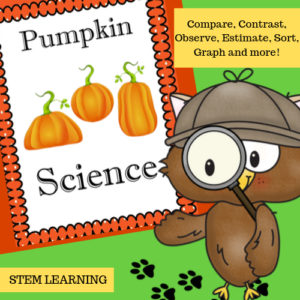 $3.00Buy NowPumpkin Science has several fun, hands-on activities that ask students to compare, contrast, observe, estimate, count, sort, investigate, graph and much more…Students can even create a Pumpkin Science Journal or use pages as notebooking pages.See more about this product in the description below.
$3.00Buy NowPumpkin Science has several fun, hands-on activities that ask students to compare, contrast, observe, estimate, count, sort, investigate, graph and much more…Students can even create a Pumpkin Science Journal or use pages as notebooking pages.See more about this product in the description below. -
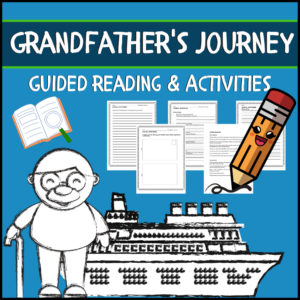 $3.00Buy NowThis Reading / Literacy resource offers guided reading questions and student activities that will help students enjoy and gain greater appreciation for Allen Say’s book, Grandfather’s Journey. (1994 Caldecott Medal award winning book)
$3.00Buy NowThis Reading / Literacy resource offers guided reading questions and student activities that will help students enjoy and gain greater appreciation for Allen Say’s book, Grandfather’s Journey. (1994 Caldecott Medal award winning book)For the Teacher:
- Suggested Pre-Reading, About the Cover, After Reading and About the Artwork questions are provided. These should be teacher directed.
For the Students:
- Worksheet for students to answer questions from the story
- Worksheet to produce questions while reading
- Worksheet to produce questions after finishing the reading
- 2 art responses
- Map making activity
- Postcard activity
- 2 extended writing activities – Students will share their own experiences and thoughts.
There are two copies each worksheet which requires students to write. One with dashed lines / One with single lines – Choose which works best based on individual student level (ability).
Reading Level: 650L Lexile (3rd Grade)
-
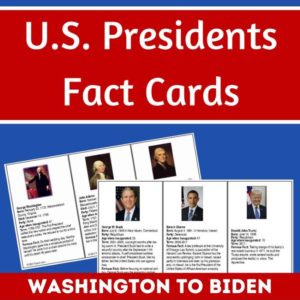 $5.00Buy Now
$5.00Buy NowStudying the U.S. Presidents, U.S. History, or U.S. Government? These U.S. Presidents Fact Cards are perfect for students wanting to learn more about each president, from Washington to Biden. Also includes 2 blank templates to use for future presidents.
Three info cards per page, each approximately 5″ x 3″. To use year after year, laminate the cards after you print and cut out.
Each card includes:
- Photo and Name
- Date of Birth (some include date of death)
- Party affiliation
- Age when inaugurated
- Term (years of service)
- A famous fact(s)
-
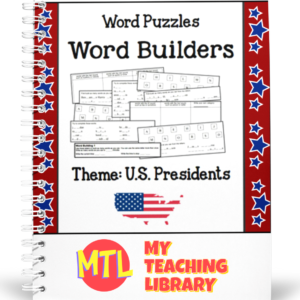 $3.25Buy Now
$3.25Buy NowChallenge students’ critical thinking skills and knowledge of the U.S. Presidents with these 5 Word Builder puzzles with a U.S. Presidents theme!
See description below for details about these puzzles.


